Herb Infused Oils for Skin Care
It’s easy to create your own herb-infused oils to use in healing hand salves and other bath and body care products. With just a few simple steps you can make a variety of herbal oils to help keep your skin soft, heal cracks, and heal minor scrapes. This is a great way to save money, reduce waste, and become more self-reliant!
There are many cultivated and wild plants that have health benefits for our skin. Burdock, plantain, and yarrow are 3 common plants recommended for treating a number of skin problems. Forage for these wild herbs in summer and create your own infused oils to use in homemade skincare products. I especially love the fact that these plants cost nothing but a bit of time and knowledge to collect and use.
Before using these herbs and wild plants, make sure that you are not allergic or sensitive to them.
This post contains affiliate links or advertisements.
Herb Infused Oils Aren’t Just For Skin Care
Although the oils that I am infusing for this article are intended for topical use, they are edible too. In addition, you may create infused oils for culinary purposes. Be sure that the herbs you collect are edible!
Basil, oregano, thyme, rosemary, and dill are all very nice cultivated herbs that make delicious infused oils for stir-fries, salad dressings, and other dishes.
Note: For herb-infused oils intended for culinary purposes, make sure that the oils are of food-grade quality.
Burdock – Arctium lappa
Burdock has been used for medicinal purposes and as a source of food for ages. Applied topically, it is reputed to treat acne, eczema, and psoriasis. (Source) I used the leaves to infuse almond oil for treating dry skin.
Common Plantain – Plantago major
Common plantain (also known as broadleaf plantain) has been used for medicinal purposes, including treatment of pain and inflammation of topical wounds, insect bites, dermatitis and to speed healing of minor wounds. (Source)
Yarrow – Achillea millefolium
Traditionally, yarrow has been used as an edible and medicinal plant. Its scent and flavor are reminiscent of sage. The leaves and flowers may be used topically to reduce inflammation, speed healing, and stop bleeding. (Source.) It is important to note, however, that yarrow may cause dermatitis in some people and should not be used if you are allergic to plants in the daisy and ragweed family.
Collecting & Using Wild Plants
Collect your plant material from an area that has not been sprayed with toxic chemicals. Plants collected along roadsides may be contaminated with pollutants from passing cars. Try to find a place where people do not walk their dogs. Make sure you have permission to collect plants. See Caution Below!
I collected leaves from plantain, burdock, and yarrow from my yard…one more reason to keep an organic yard. After harvesting several cups of each, I rinsed off any lawn clippings or other debris, patted them dry, and loaded them into my food dehydrator.
As an Amazon Associate, I earn from qualifying purchases.
Infuse Oil with Dried Plants
Use dried herbs and plants for infusing in oil to prevent mold and bacteria from growing on the plant material. A food dehydrator works well, especially for thicker leaves or areas with high humidity. If you don’t have a food dehydrator, you may tie leaves up into small bundles and hang to dry in a well-ventilated area. Plants are ready to use when they are dry and easy to crumble.
To create infused oils, combine crumbled leaves and the carrier oil, pour into the appropriate container, then use one of the following methods for infusing:
- Fill mason jars and set them in a sunny spot for 2 weeks+
- Pour into the top pan of a double boiler and simmer for 30 minutes+
- Place in a yogurt maker or on a seedling heat mat and infuse for 12 hours +
The longer you leave the plant material in the oil, the more concentrated it will be. If you’re using a type of oil that goes rancid quickly, I recommend using one of the faster infusion methods.
I infused coconut oil with my wild herbs and infused the oil overnight in a yogurt maker. This method worked well and produced a lovely infused herbal oil. A seedling heat mat also provides a gentle heat that will speed up the process of infusion.
As an Amazon Associate, I earn a commission from qualifying purchases.
Choosing Your Oil for Infusion
You may use a number of different oils for infusing with botanicals. (Note: If you, or anyone who may use the oils, are allergic to nuts, choose an oil that is safe for use.) Oils that work well include: olive, apricot kernel, almond, safflower, or sunflower. If the infused oil will be kept for more than a couple of months, you may wish to store it in the refrigerator and bring to room temperature before using.
For an ‘instant’ salve that doesn’t need to be heated with beeswax or other ingredients, use coconut oil as your infusion base for the plant material. The coconut oil will solidify into a ready to use salve. It will turn liquid in hot weather, so don’t put it in your bag and leave in a hot car!
As an Amazon Associate, I earn a commission from qualifying purchases.
Once the oil is infused you will need to strain the plant material from the oil. Line a sieve with a paper towel or cheesecloth, place over a bowl and pour the oil and plant material into the lined sieve. Allow to drain naturally or use a spoon or your fingers to gently press the oil from the leaves.
This post contains affiliate links or advertisements.
Storing Herb Infused Oils
Store the botanical infused oils in a cool dark place and use in salves and other skincare products within a few months for the best quality. If you have brown or blue bottles to protect from light, that’s great. Storing in the refrigerator will keep the oils from going rancid.
Using Herb Infused Oils
Your herbal infusions may be used as-is for rubbing into dry, itchy skin. They may also be used as a scalp treatment to provide relief from dandruff. I like to use the oils in a homemade salve.
Using Herbs Safely
Whenever you are collecting wild herbs, make sure you have identified each plant properly using a reliable guide. Test small amounts of the herb on your skin for allergic reactions before applying over large areas of the body. This article is not intended to replace the medical advice of a trained professional.
Using these herbs, collecting wild plants, and foraging for edible and medicinal plants are activities that carry a certain amount of risk and should not be taken lightly. This site and the author cannot be held responsible for individuals taking part in foraging activities…do so at your own risk!
Have you ever created your own herb-infused oils for skincare? Leave a comment!
As an Amazon Associate, I earn a commission from qualifying purchases.
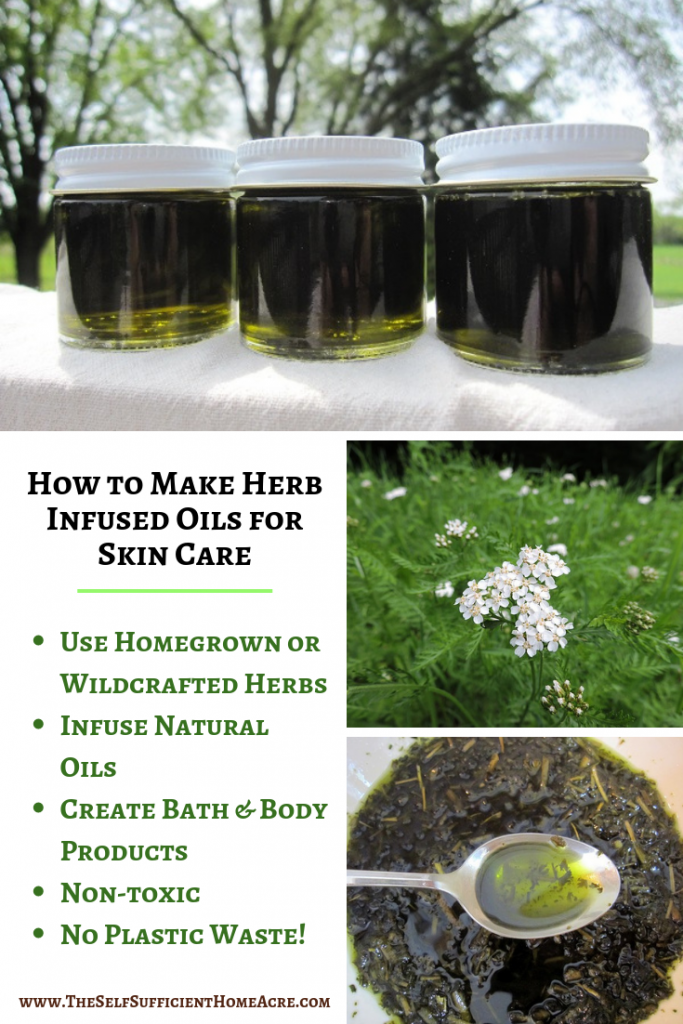





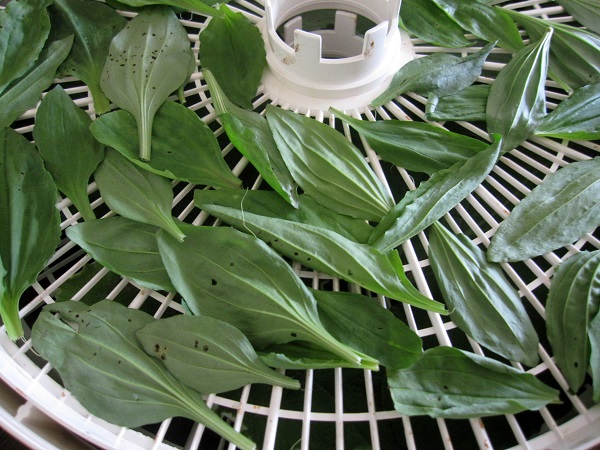
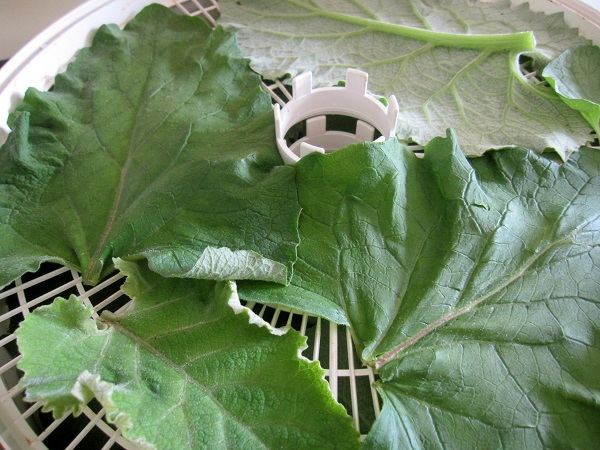
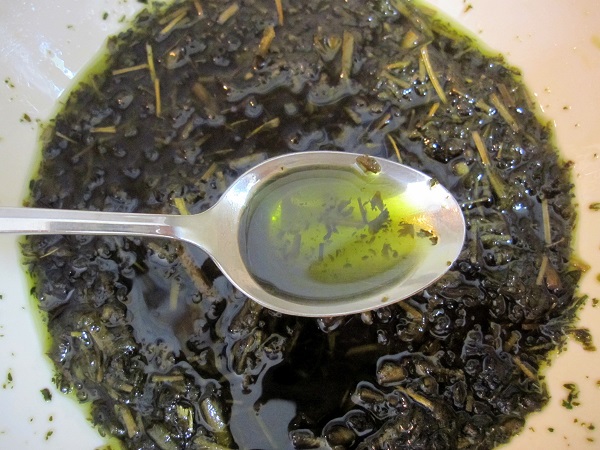


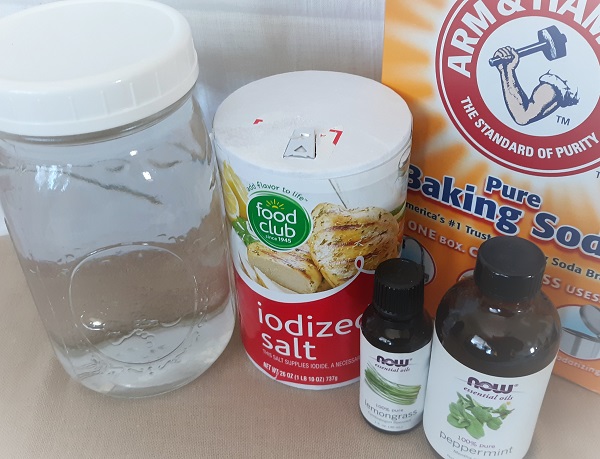
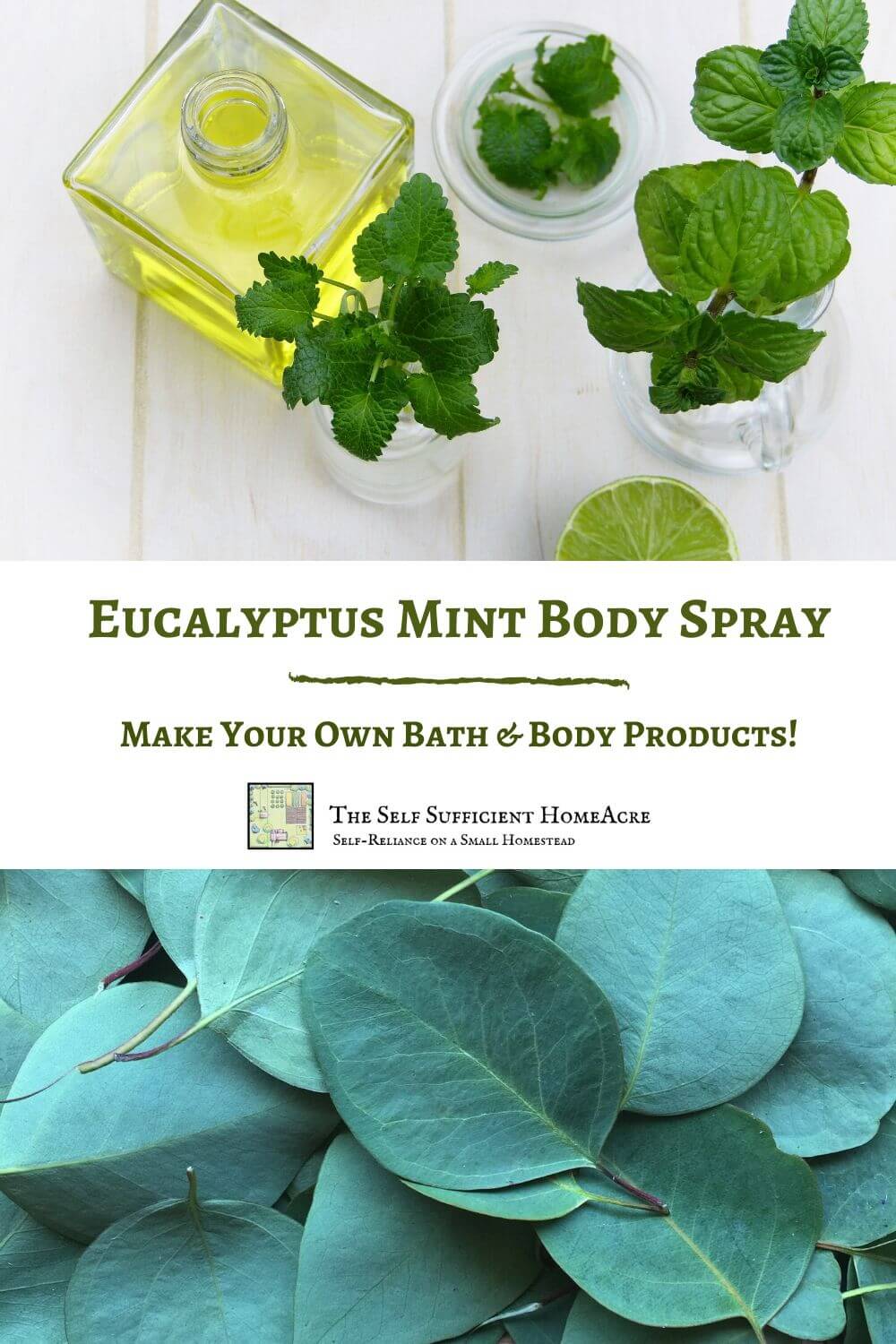
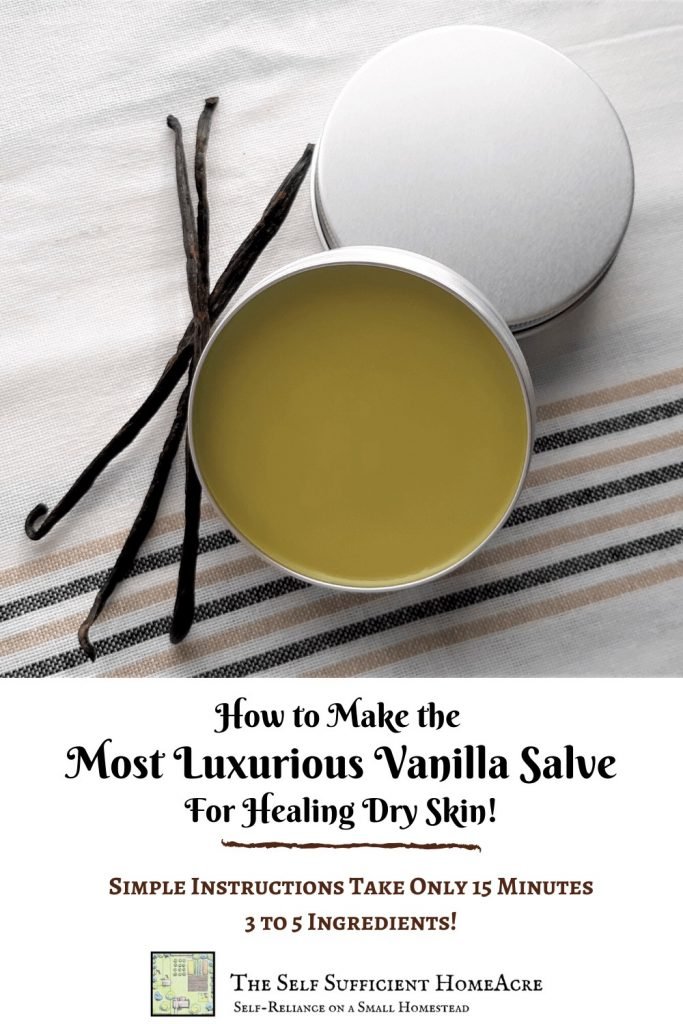

Hello Lisa I have a quuestion can I use pure coconut oil for Infusing oils for beauty use
Hi Akosita,
Yes! You can use coconut oil for those purposes. Just be aware that it tends to solidify in cool weather. If it becomes too hard, you can use it along with some olive oil, avocado oil, or something like that to make for a softer, more spreadable salve.
Thanks for stopping by!
Hi Lisa, I have made Balm of Gilead cream which my wife & I like to use in winter for dry/chapped skin. It really works nice and we love the aroma. I have a question though:
can Mineral oil be substituted for Olive oil as I thibk thwe olive oil alters the aroma of the Black Cottonwood resin
Hi Dave,
Yes, you can use mineral oil for your infused oils for external use. I hope this helps… thanks for stopping by!
I make rosemary infused safflower oil and it is incredibly versatile. I am currently working on developing skincare products using the oil i make.
That sounds lovely, Taylor! Thanks for sharing!
Thanks Lisa for another wonderful in-depth article. I always learn so much from you! I’m going to try a few of your recommendations for dry skin. All this gardening is taking a toll on my hands!
Melissa | Little Frugal Homestead
Yes i have made cold infusion hair oil i have added dried hisbicus flower petals curry leaves and dry fenugreek seeds its Indian age old receipe
Sounds lovely, Sowmya! Can you tell me what the herbs and seeds do for your hair?